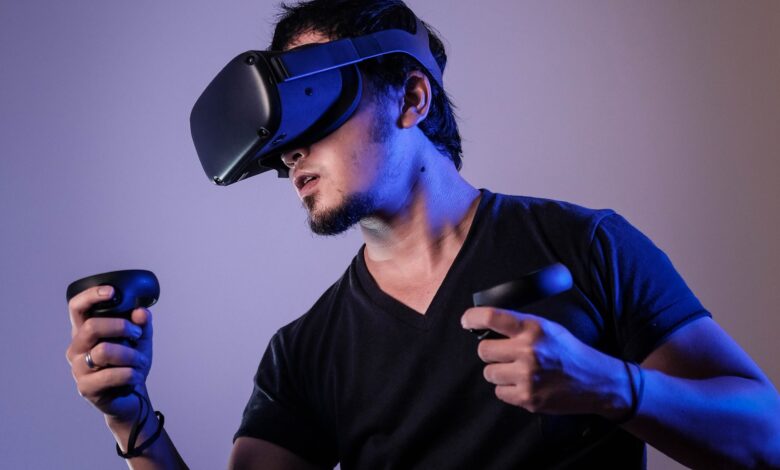
What is Virtual reality?
Virtual Reality refers to the computer-generated 3D environments that let the users enter and interact with alternate realities. The users can immerse themselves into a computer artificial world that includes simulation or a complex reality of simulation.
Virtual Reality’s most immediately-recognizable component is the head-mounted display (HMD). Human beings are visual creatures, and display technology is often the single biggest difference between immersive Virtual Reality systems and traditional user interfaces. Virtual reality (VR) technology is a growing force beyond entertainment and an important tool in education, science, commerce, and gaming. Currently, standard virtual reality systems use either virtual reality headsets or multi-projected environments to generate realistic images, sounds, and other sensations that simulate a user’s physical presence in a virtual environment. The Virtual Reality Modeling Language (VRML), first introduced in 1994, was intended for the development of “virtual worlds” without dependency on headsets. Other elements of virtual reality appeared as early as the 1860s.
Virtual reality in Industries
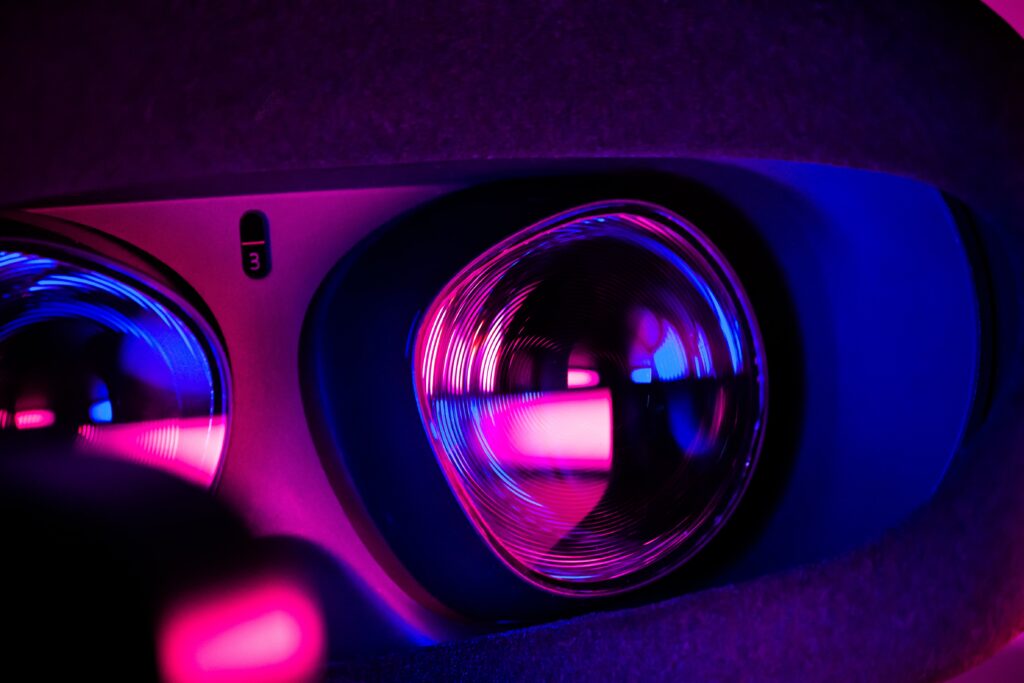
Industries using VR are Education, Healthcare, Construction, Manufacturing, Gaming, Automobile, Sports, News/Documentary, Scientific Data Visualization, Medical Training, and Physical Rehabilitation.
The arrival of new technology and more affordable hardware has opened the door to new opportunities for AR and VR. Enterprise companies are beginning to implement alternate realities into their processes for everything from training to customer experience.
1. Nearpod uses Google Cardboard to deliver virtual field trips for students who need to visit different parts of the world.
2. Augment allows developers to create building plans where they can immersively see how various elements should appear in a home.
3.Inglobe Technologies offers an excellent example of how AR might work within a construction environment.
4.Audi built an AR app that allows users to track cars from anywhere and set up personalized test tracks that demonstrate how the vehicle might function.
VR Processing Hardware
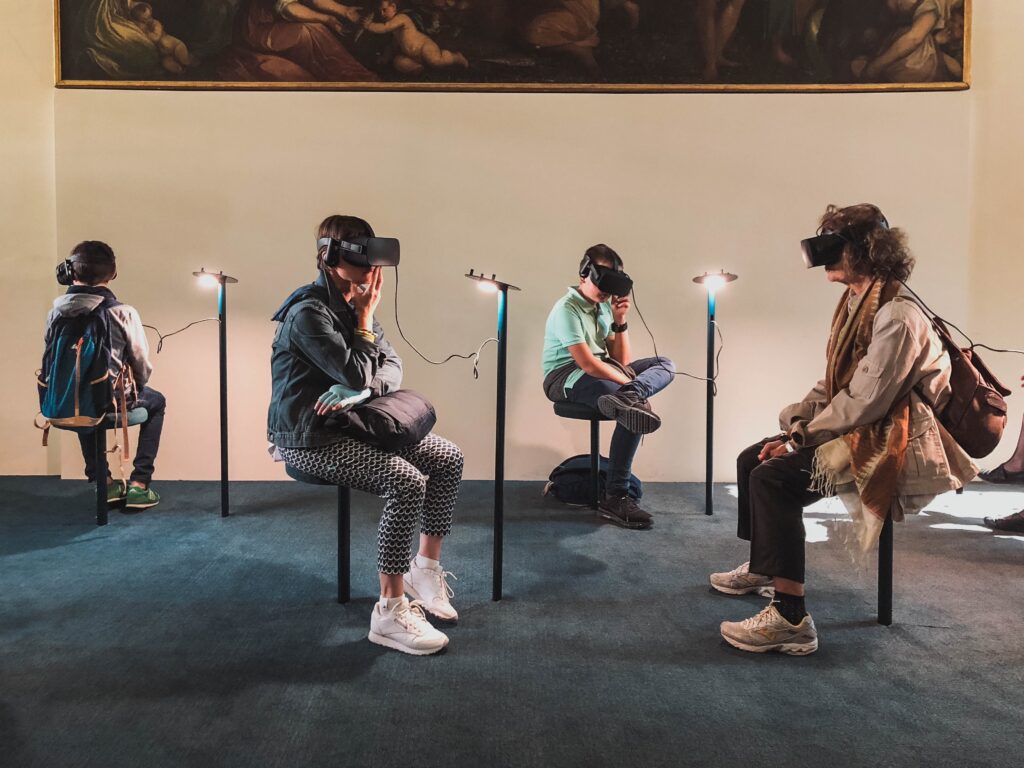
Two different VR display systems are HMD and CAVE.
Both CAVEs and HMDs are designed for single users. You can have VR applications with multiple users, but each one will need its own display device, that is, either a CAVE or HMD. The CAVEs have a big screen with high resolution. In comparison, the HMD is currently much lower in its resolutions. The CAVEs take a large and dedicated space, while the HMDs are more flexible in their space requirements.
Devices with position tracking: HTC VIVE, Oculus Rift, Sony PlayStation VR, Windows Mixed Reality.
Mobile VR Devices (without position tracking): Google Daydream, Samsung Gear VR , Oculus Go, Google Cardboard .
We track the user’s head in order to update the displays according to the user’s viewpoint. It’s important we can do it very quickly to maintain emotion. Most VR devices on the market have this tracking latency controlled at a level of single digit milliseconds. So it’s not noticeable in most cases. There are other processes in this procedure that could cause further delays in updating the graphics. We have to track their head rotation and position.
In the CAVE, there are normally built-in systems in the small tracker which the user wears on top of their shutter glasses. The built-in tracking system tracks the user’s head rotation using an accelerometer or gyrometer or both. For position tracking, external optical tracking devices are normally used. There are possible technical solutions to track the position of the HMDs without relying on external position tracking devices. For instance, a technology called self-tracking or inside-out tracking has had some success. It is possible in the near future we will have wireless HMDs powered by desktop machines, for instance, Bluetooth. So users are free from the constraints of cables yet benefiting from a very powerful machine, which enables sophisticated graphics and interactions beyond the computational power of a mobile phone.
VR Framework
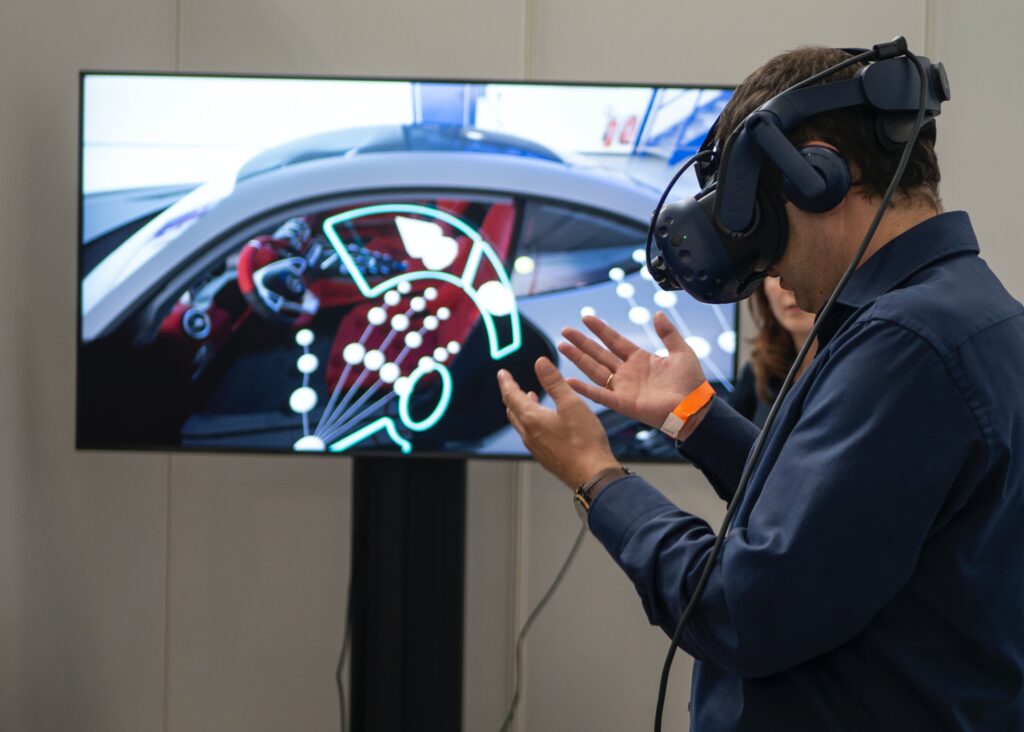
A typical high-end VR hardware would come with two parts. The first part is a VR display, which provides surrounding 3D stereo vision, and allows the user dynamic control of their viewpoint, precision, and rotation tracking. The second part is a pair of VR controllers which support 3D user interaction with our hands. So just like how we use our hands in real life, in virtual reality, we can use our hands to select and manipulate virtual objects, gesture, and interact socially. Another way to look at VR and how it differs from other media is that it consists of three parts. The VR display, for instance, HMDs. VR interaction is usually supported by VR controllers. And VR content, which refers to the images that are on display that you can sometimes interact with. we can program 3D models to be interactive in real-time. And that is exactly what 3D computer games do. Most of them are based on computer-generated 3D models where users can never get an environment freely and can interact with animated objects in real-time. Nowadays we are very good at creating 3D models and rendering computer-generated images. So some of them look photorealistic. For instance, in a driving game, it’s only obvious that the cars and the environment are computers generated because you have the ability to switch lanes freely and you can overtake cars in front of you at any time.
OUR THOUGHTS ON VR
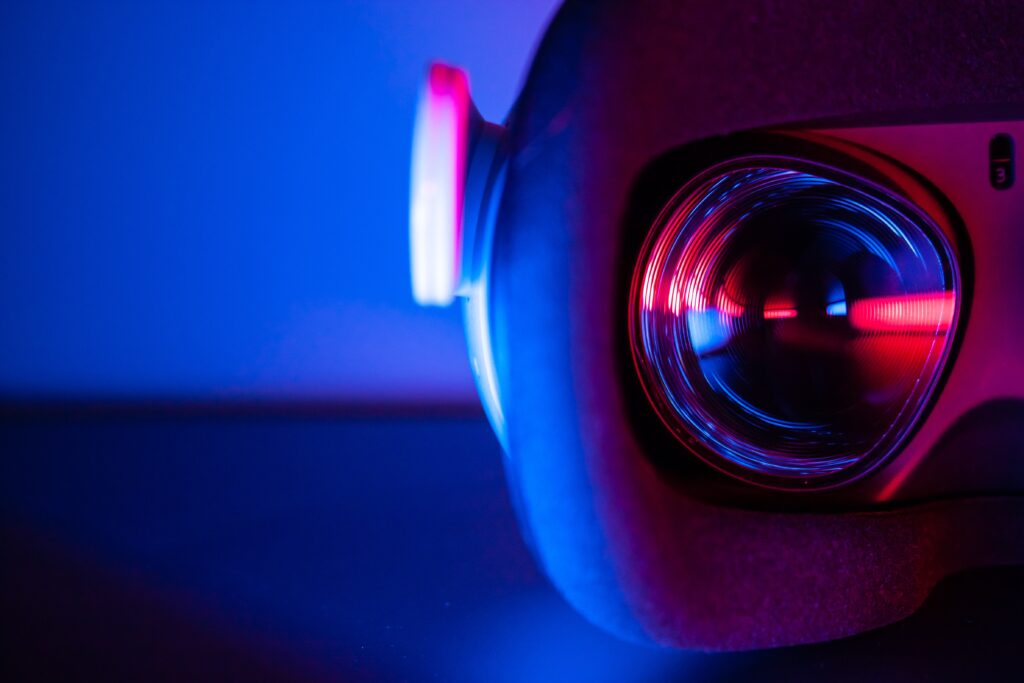
The market is demanding applications that go beyond leisure, tourism, or marketing and are more affordable for users. VR is no longer fiction but a reality. Moreover, various industries are using it to make work easier and faster, and also immersive. The big technology companies are already working to develop headsets that do not need cables and that allow images to be seen in HD. Virtual Reality is one of the technologies with the highest projected potential for growth in today’s world.




